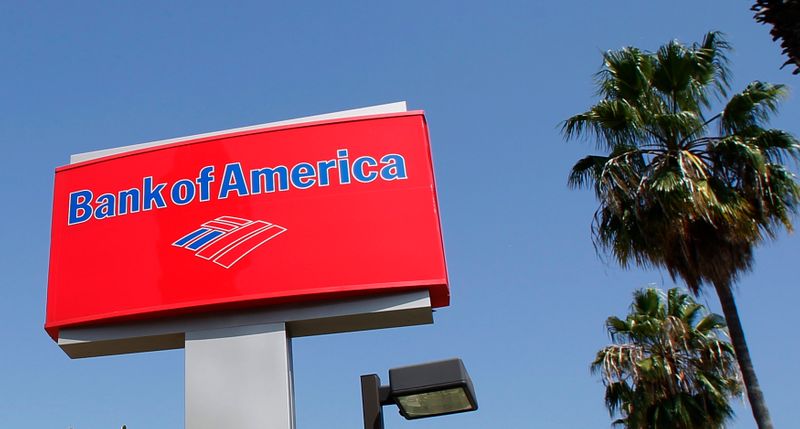TSX runs higher on rate cut expectations
Investing.com -- Market sentiment weakened for the second consecutive month in March, according to Bank of America’s Sell Side Indicator (SSI).
The SSI, which tracks sell-side strategists’ recommended equity allocations, fell 56 basis points to 56.1%, marking its largest month-over-month decline in over two years, BofA analysts noted.
The decline in sentiment coincided with a 6% drop in the S&P 500, the index’s worst monthly performance since December 2022.
BofA cited escalating trade tensions and renewed stagflation concerns as key factors weighing on consumer and investor confidence.
Despite the pullback, the bank said the SSI remains within one percentage point of its recent bullish high and far from signaling extreme bearishness.
“The indicator (still in ‘Neutral’ territory) is much more bullish than bearish – 1.8ppt from a ‘Sell’ signal vs. 4.8ppt from ‘Buy’,” BofA analysts wrote.
At its current level, the SSI suggests a 12% price return for the S&P 500 over the next 12 months, implying just a 4% annual return in 2025, according to BofA.
However, other sentiment indicators are said to be significantly more bearish.
BofA’s March Fund Manager Survey recorded the largest-ever drop in U.S. equity allocations and the biggest jump in cash holdings since March 2020.
Meanwhile, the AAII Bull-Bear Spread has been net bearish for eight consecutive weeks, its longest streak since mid-2023.
“Its current reading of 25% net bearish is off its low of 41% in late February, but still only the 5th percentile in survey history since 1987,” wrote the bank.
